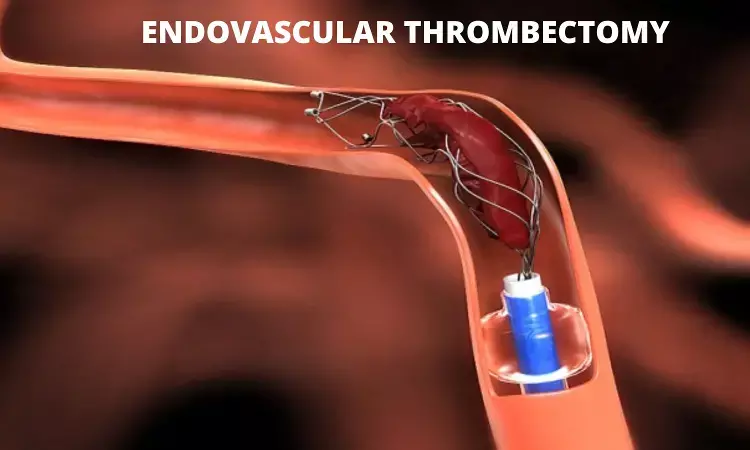- Home
- Medical news & Guidelines
- Anesthesiology
- Cardiology and CTVS
- Critical Care
- Dentistry
- Dermatology
- Diabetes and Endocrinology
- ENT
- Gastroenterology
- Medicine
- Nephrology
- Neurology
- Obstretics-Gynaecology
- Oncology
- Ophthalmology
- Orthopaedics
- Pediatrics-Neonatology
- Psychiatry
- Pulmonology
- Radiology
- Surgery
- Urology
- Laboratory Medicine
- Diet
- Nursing
- Paramedical
- Physiotherapy
- Health news
- Fact Check
- Bone Health Fact Check
- Brain Health Fact Check
- Cancer Related Fact Check
- Child Care Fact Check
- Dental and oral health fact check
- Diabetes and metabolic health fact check
- Diet and Nutrition Fact Check
- Eye and ENT Care Fact Check
- Fitness fact check
- Gut health fact check
- Heart health fact check
- Kidney health fact check
- Medical education fact check
- Men's health fact check
- Respiratory fact check
- Skin and hair care fact check
- Vaccine and Immunization fact check
- Women's health fact check
- AYUSH
- State News
- Andaman and Nicobar Islands
- Andhra Pradesh
- Arunachal Pradesh
- Assam
- Bihar
- Chandigarh
- Chattisgarh
- Dadra and Nagar Haveli
- Daman and Diu
- Delhi
- Goa
- Gujarat
- Haryana
- Himachal Pradesh
- Jammu & Kashmir
- Jharkhand
- Karnataka
- Kerala
- Ladakh
- Lakshadweep
- Madhya Pradesh
- Maharashtra
- Manipur
- Meghalaya
- Mizoram
- Nagaland
- Odisha
- Puducherry
- Punjab
- Rajasthan
- Sikkim
- Tamil Nadu
- Telangana
- Tripura
- Uttar Pradesh
- Uttrakhand
- West Bengal
- Medical Education
- Industry
Bridging therapy bests direct endovascular thrombectomy for stroke management: DIRECT-SAFE trial

Australia: Direct endovascular thrombectomy is not non-inferior to standard bridging therapy (intravenous thrombolysis before endovascular thrombectomy) for stroke, reports DIRECT-SAFE trial data published in The Lancet.
To date, the benefit of combined treatment with intravenous thrombolysis before endovascular thrombectomy in patients with acute ischaemic stroke caused by large vessel occlusion remains unclear. Acute ischemic stroke, a medical emergency caused by decreased blood flow to the brain, is a leading cause of death and disability each year.
Endovascular thrombectomy (EVT) has changed the landscape of acute stroke therapy and has become a standard treatment for acute ischemic stroke patients caused by a large vessel occlusion in the anterior circulation. To eliminate the confusion about the eligibility for IVT, it is important to determine the benefit and risk of direct EVT vs. EVT with prior IVT for patients with stroke.
Peter J., University of Melbourne, Australia, and his team conducted a study to determine that the clinical outcomes of patients with stroke with large vessel occlusion treated with direct endovascular thrombectomy within 4•5 h would be non-inferior when compared to those treated with standard bridging therapy (intravenous thrombolysis before endovascular thrombectomy).
Researchers recruited 295 patients, who presented within 4•5 h of stroke onset from 25 acute-care hospitals. Patients were assessed for large vessel occlusion to determine their eligibility and were randomly assigned to direct endovascular thrombectomy (n=148) or bridging therapy (n=147). The primary efficacy endpoint was functional independence defined as a modified Rankin Scale score of 0–2 or return to baseline at 90 days, with a non-inferiority margin of –0•1, analyzed by intention to treat (including all randomly assigned and consenting patients) and per protocol. The intention-to-treat population was included in the safety analyses.
Key findings of the study,
• Functional independence occurred in 55% of patients in the direct thrombectomy group and 61% of patients in the bridging therapy group.
• Safety outcomes were similar between both the groups, with symptomatic intracerebral hemorrhage occurring in 1% of patients in the direct group and 1% of patients in the bridging group.
• The death occurred in 15% of patients in the direct group and16% of patients in the bridging group.
The authors conclude that direct endovascular thrombectomy is not non-inferior to bridging therapy in stroke patients. The additional information from the present study may inform guidelines to recommend bridging therapy as standard treatment.
Reference:
Prof Bernard Yan, Prof Leonid Churilov, Richard J Dowling, Steven J Bush, Andrew Bivard, et al. Published: July 09, 2022
DOI: https://doi.org/10.1016/S0140-6736(22)00564-5
BDS
Dr. Hiral patel (BDS) has completed BDS from Gujarat University, Baroda. She has worked in private dental steup for 8years and is currently a consulting general dentist in mumbai. She has recently completed her advanced PG diploma in clinical research and pharmacovigilance. She is passionate about writing and loves to read, analyses and write informative medical content for readers. She can be contacted at editorial@medicaldialogues.in.
Dr Kamal Kant Kohli-MBBS, DTCD- a chest specialist with more than 30 years of practice and a flair for writing clinical articles, Dr Kamal Kant Kohli joined Medical Dialogues as a Chief Editor of Medical News. Besides writing articles, as an editor, he proofreads and verifies all the medical content published on Medical Dialogues including those coming from journals, studies,medical conferences,guidelines etc. Email: drkohli@medicaldialogues.in. Contact no. 011-43720751


